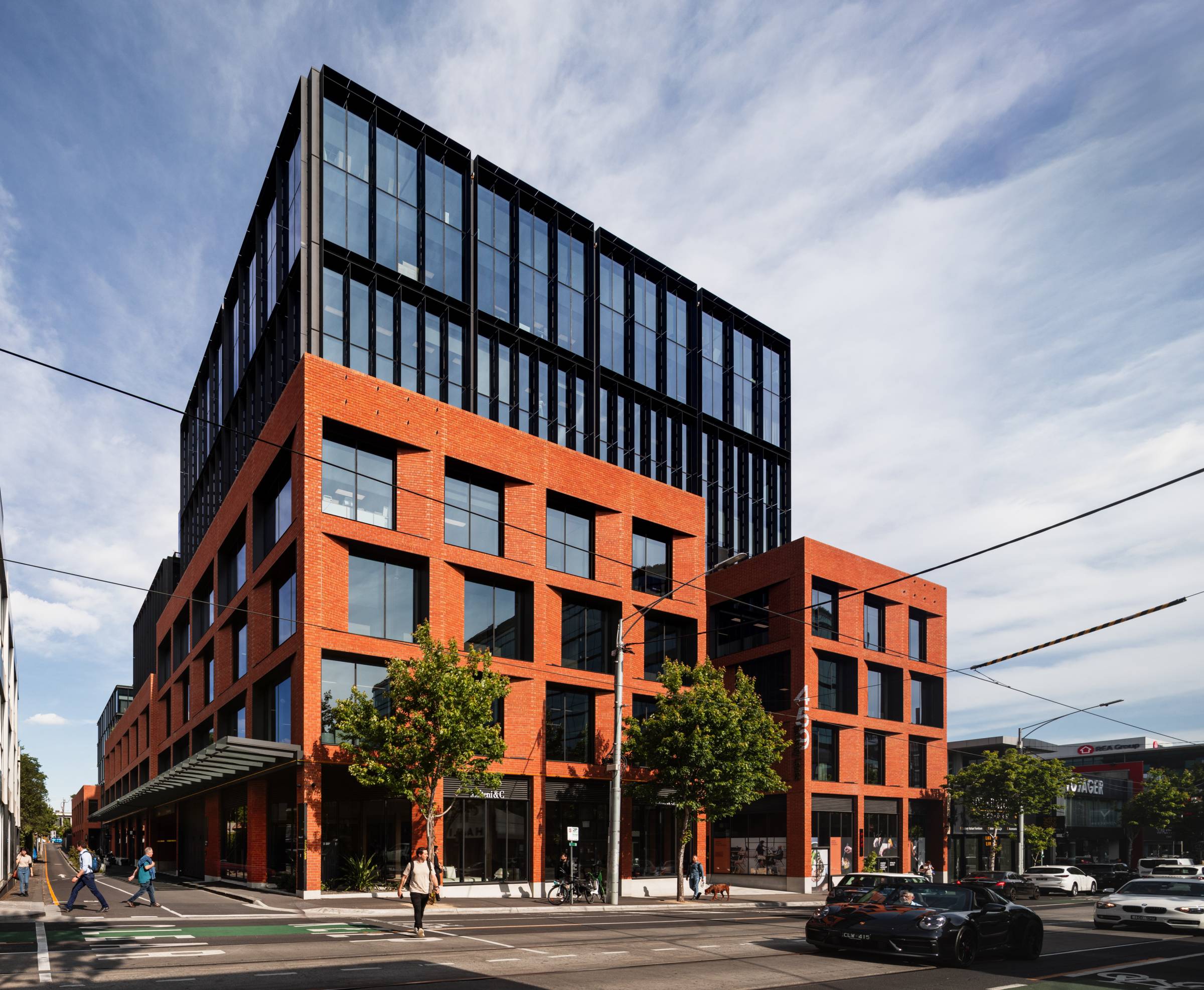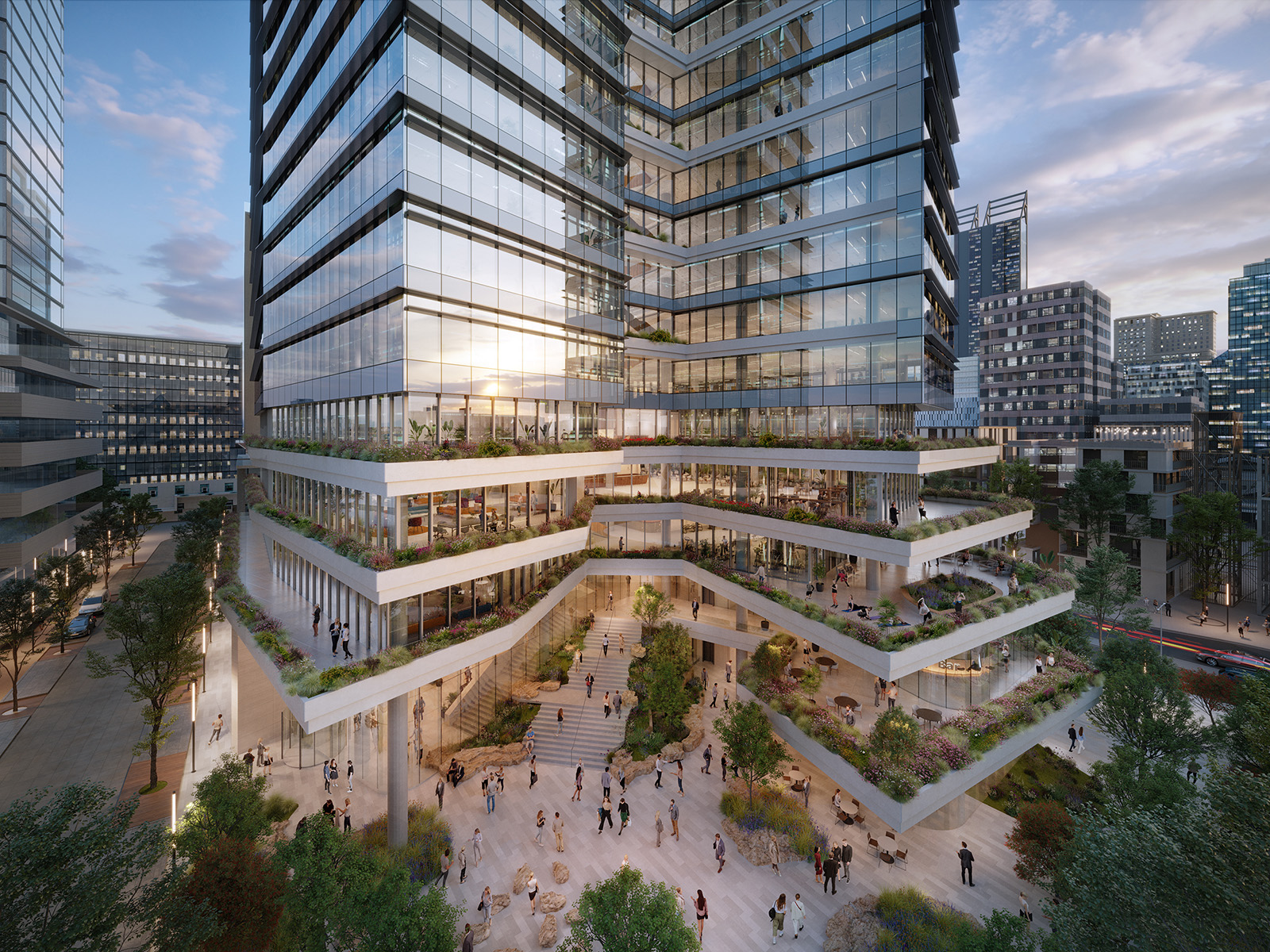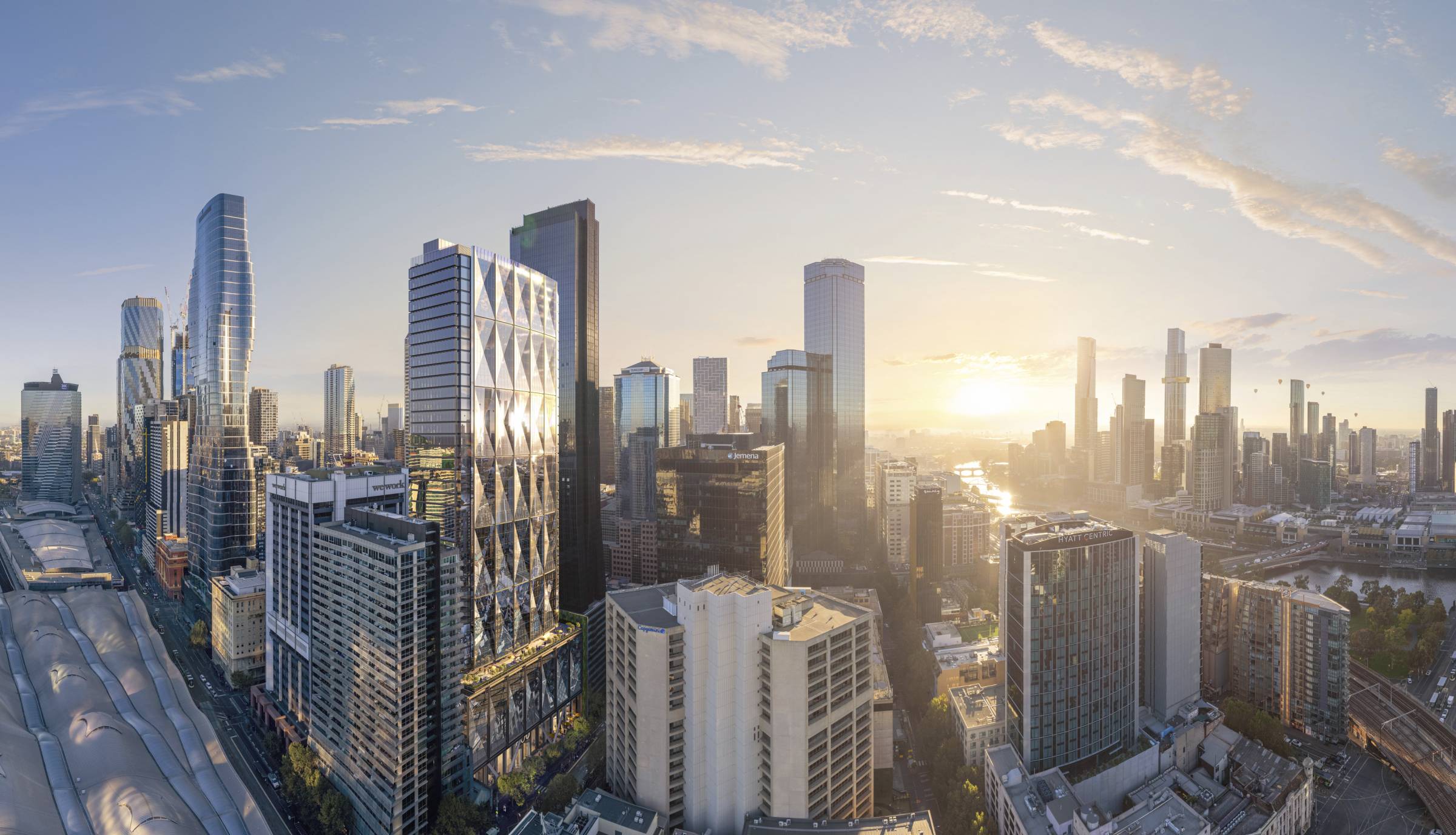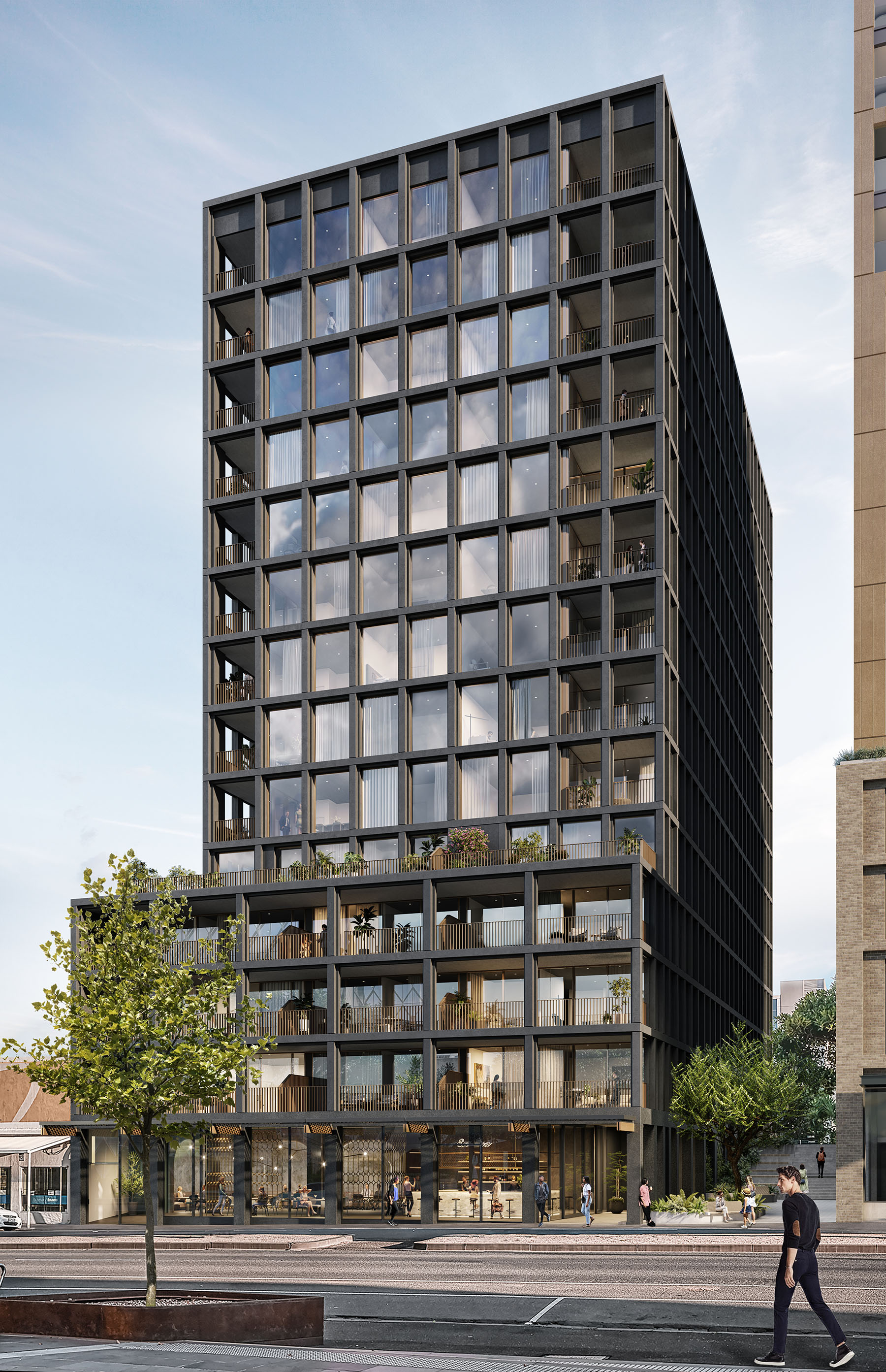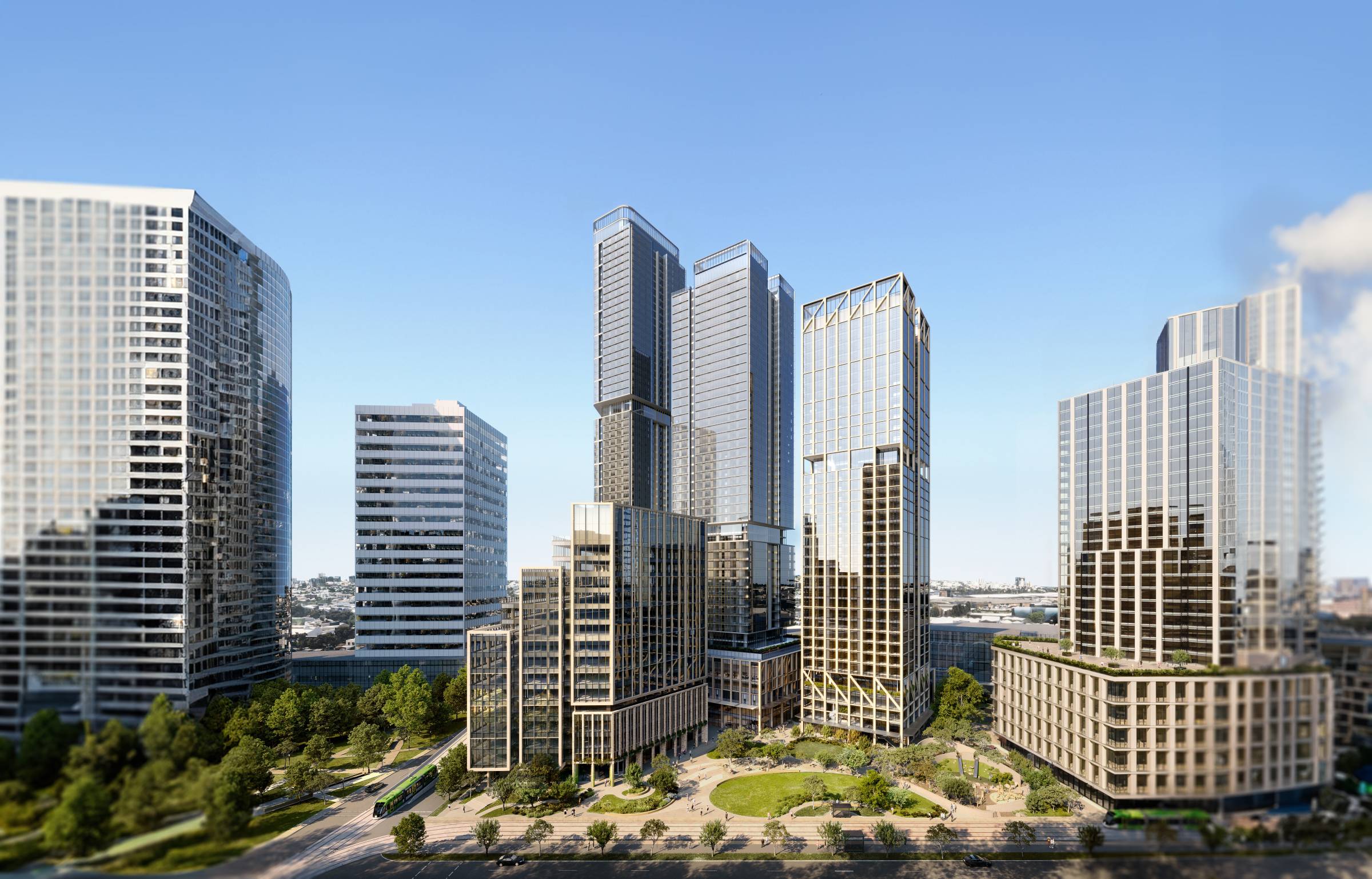Principal
Shaun Schroter
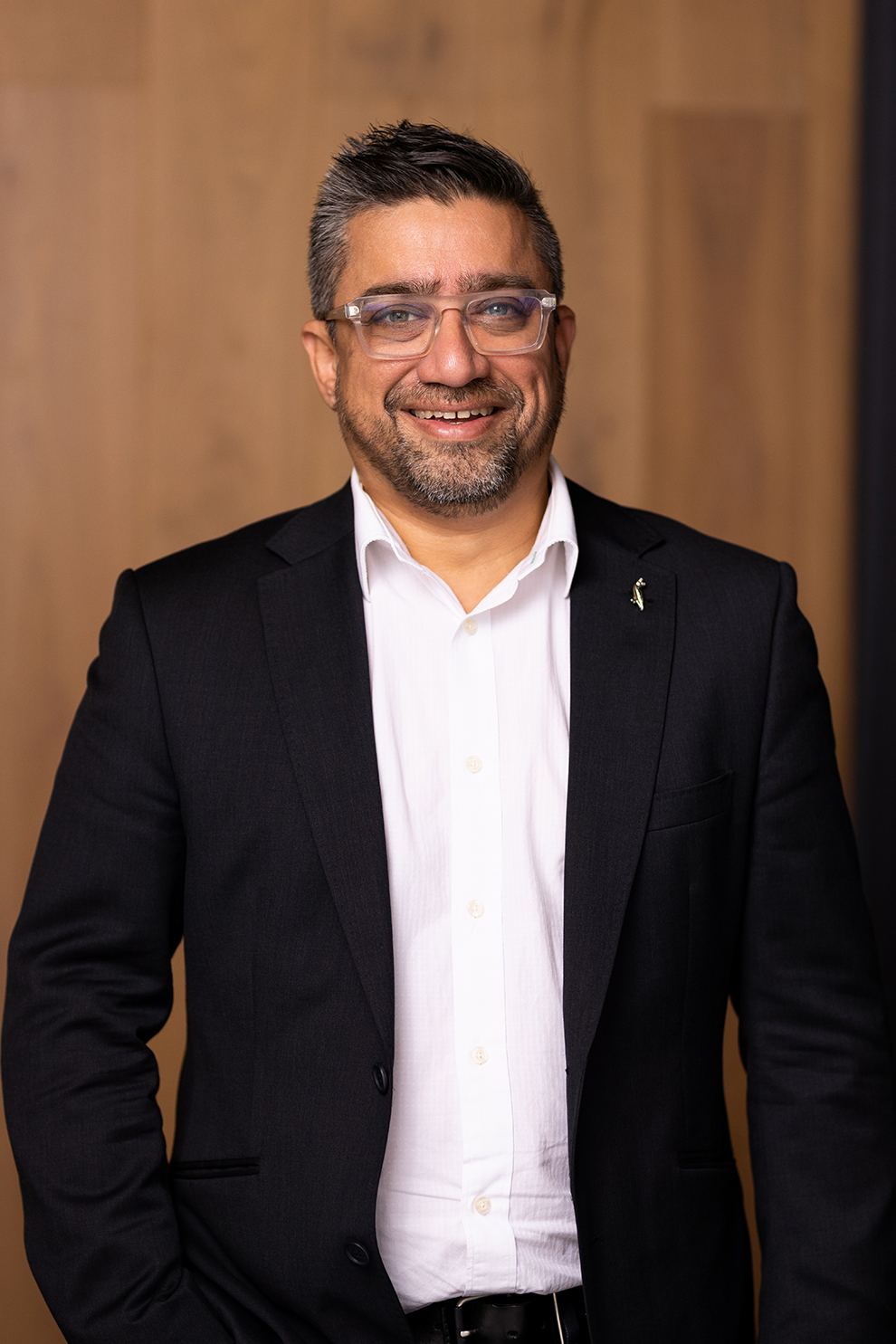
Studio:
Melbourne
Qualifications:
Bachelor of Architecture (Hons),
Deakin University
Bachelor of Arts (Architecture),
Deakin University
Contact:
shaun.schroter@architectus.com.au
Shaun has a wealth of design experience across projects of varying scales and types with emphasis on commercial, residential, hospitality and retail architecture. A respected design leader, Shaun chairs Architectus’ design review program in Melbourne.
His career has seen him in senior roles at several of Australia’s most renowned architecture practices where he has overseen landmark developments locally and internationally. Shaun’s portfolio of work for private and public clients spans precinct master plans, conceptual design strategies, and delivery of commercial towers, mixed-use developments, townhouses, student accommodation and hotels. He has been a key member of the project team on some of Architectus’ largest and more acclaimed recent projects including Industry Lanes, Hyatt Centric and the Suburban Rail Loop. With a strong commercial background and experience balancing design intent with implementation processes of statutory planning and construction, Shaun is committed to finding holistic design solutions on every project.
As our lifestyles have reshaped post covid, Shaun has immersed himself in the proposition of redefining workplace precincts, through a more tangible connection with place and community, as the narrative of a new public architecture.


